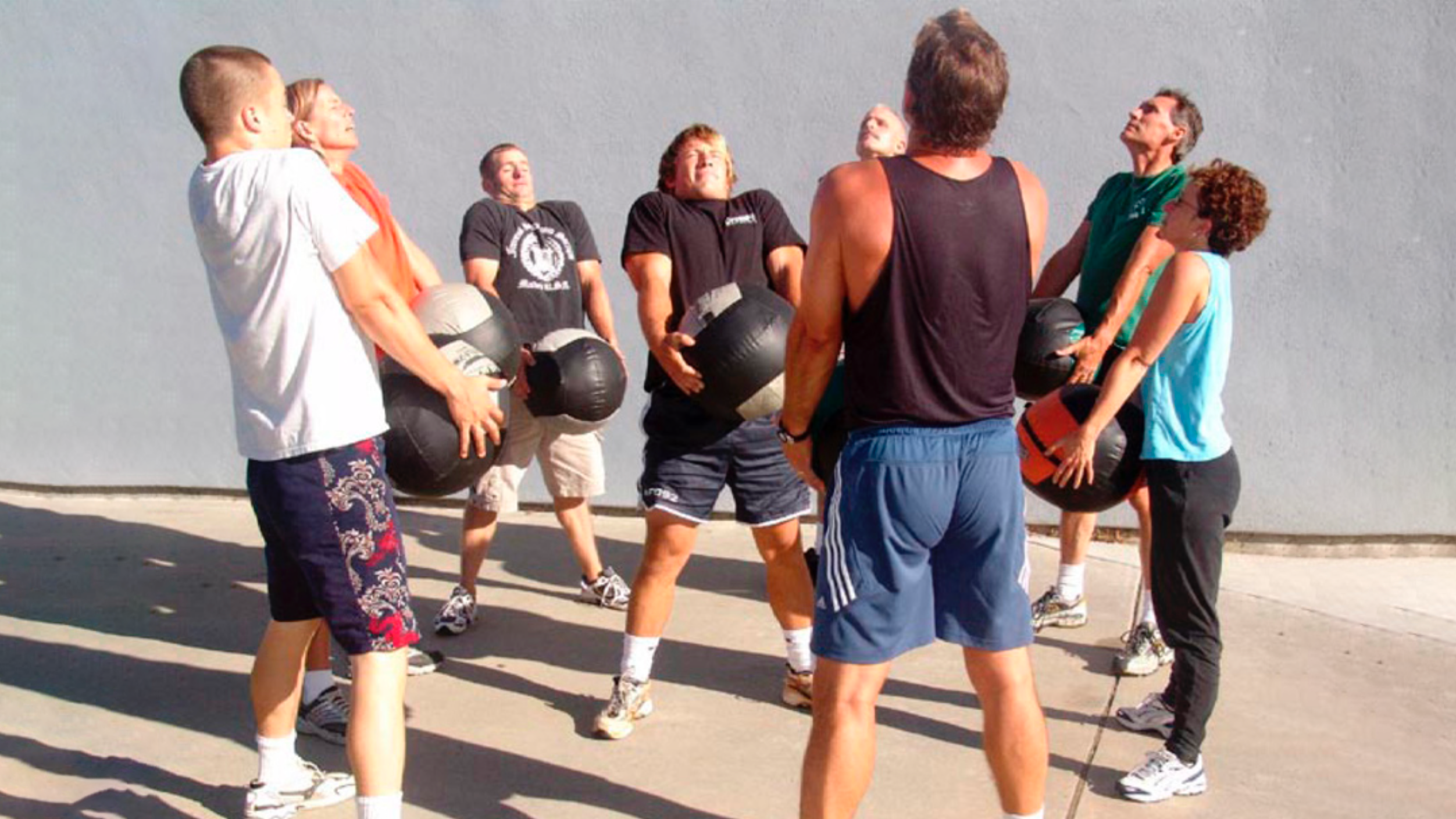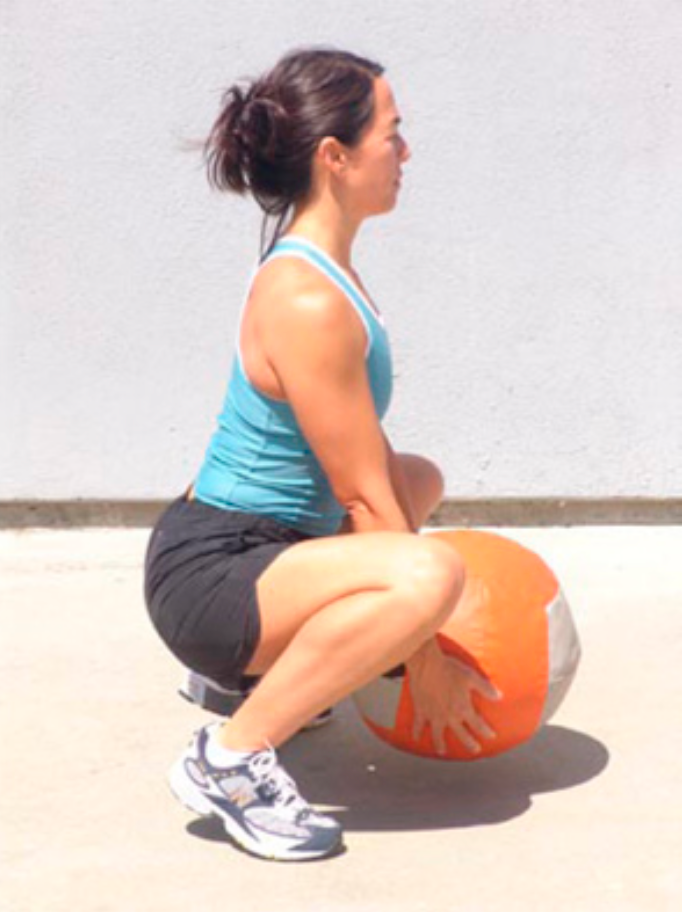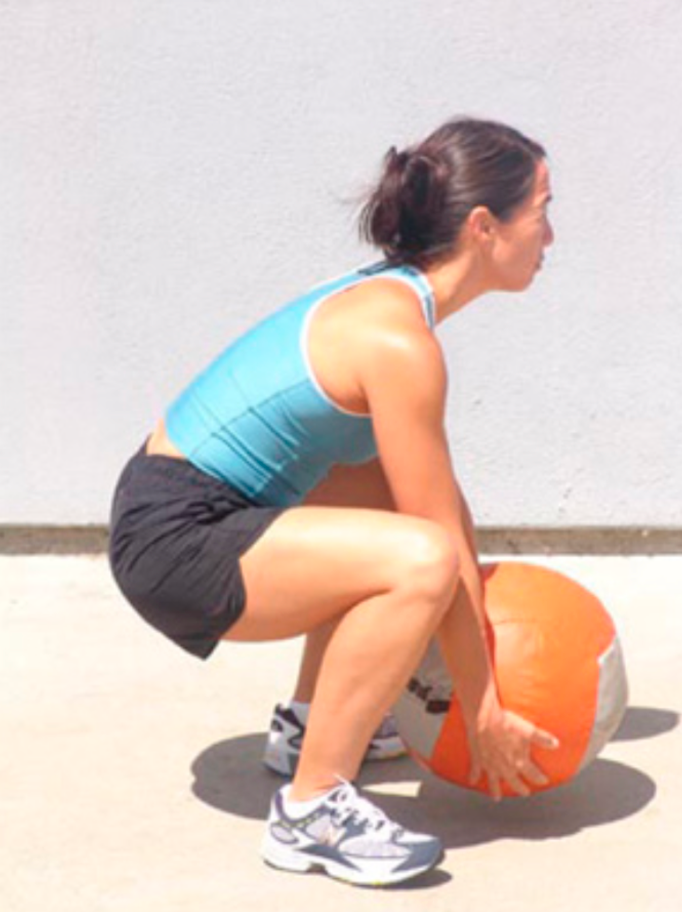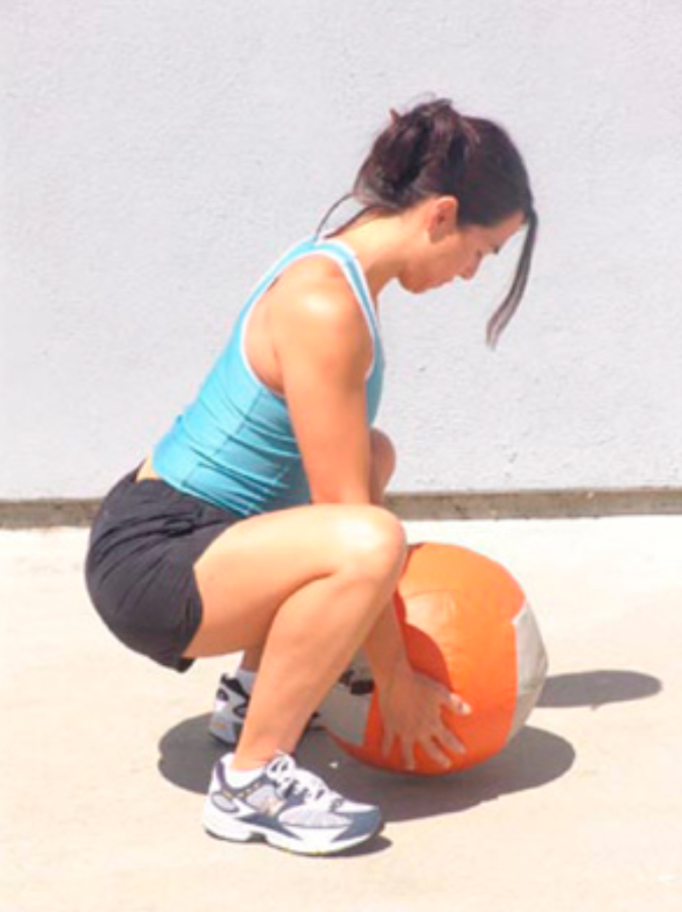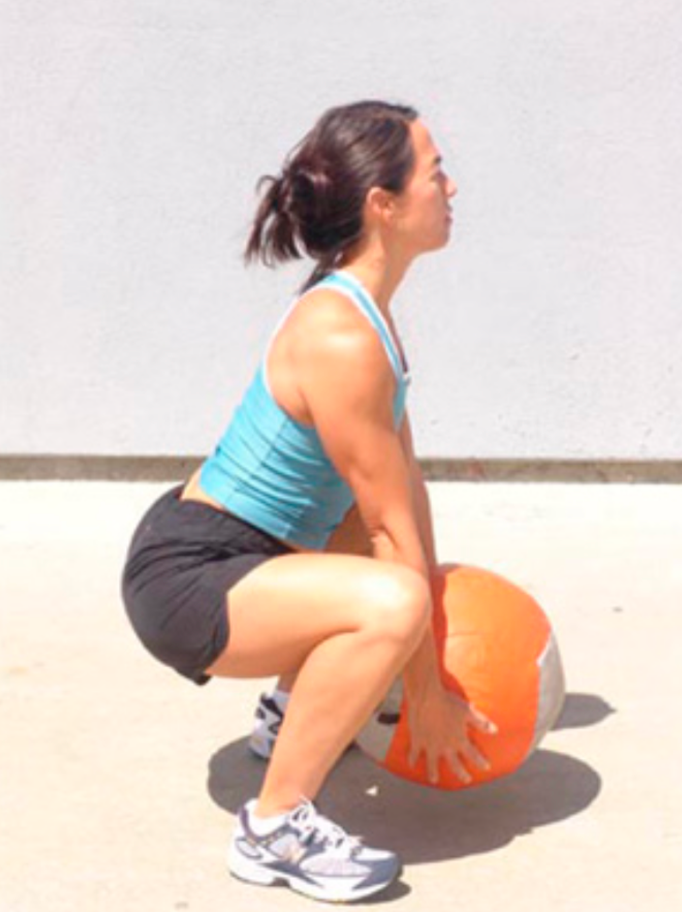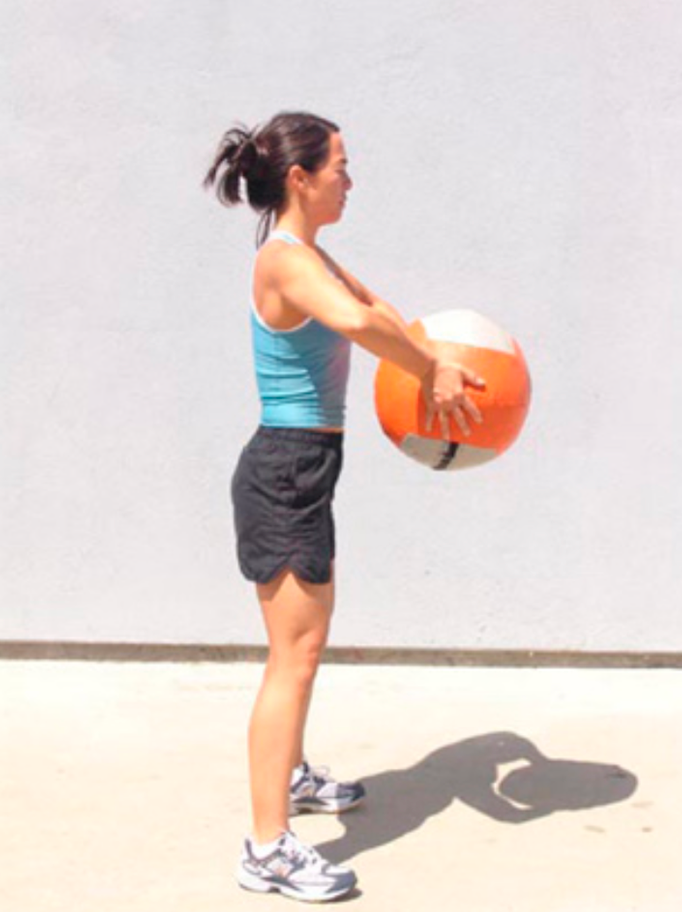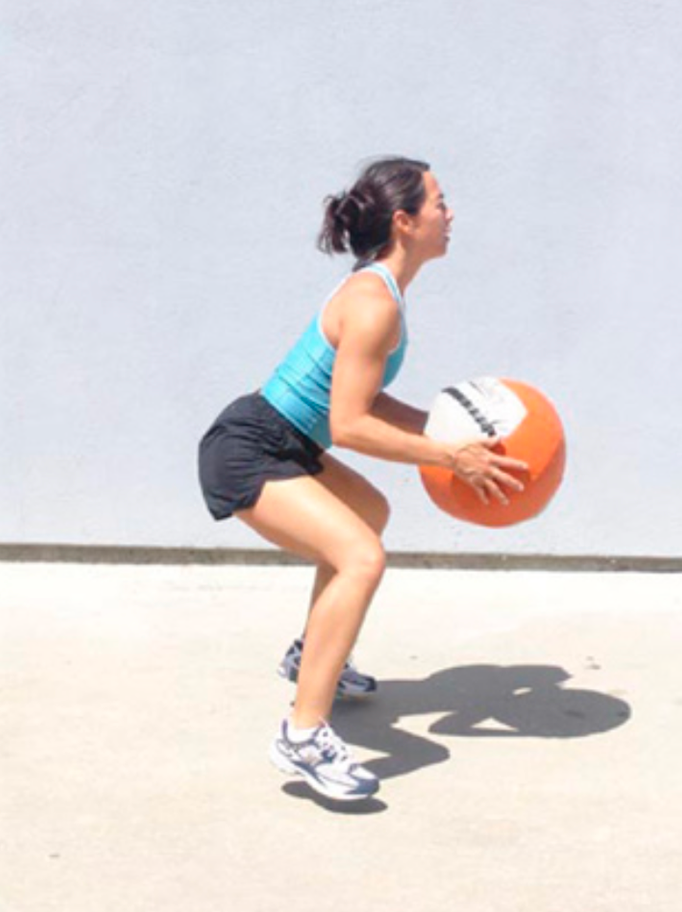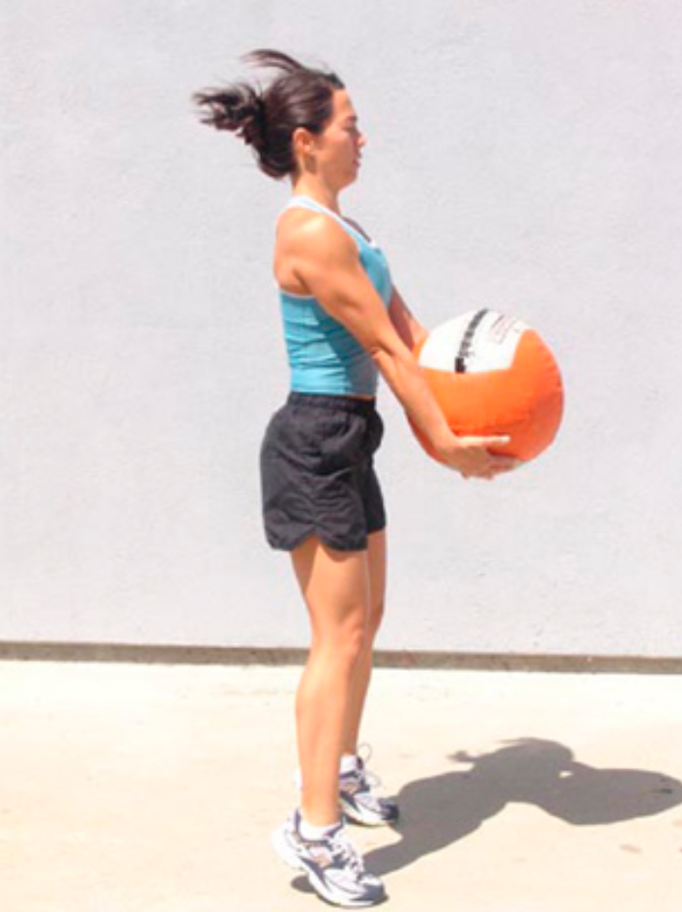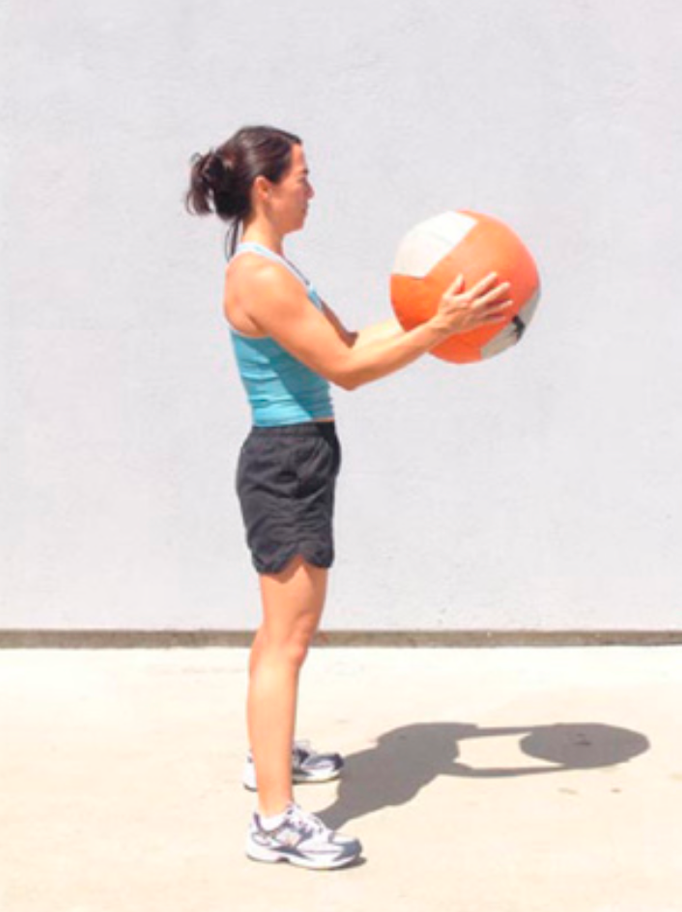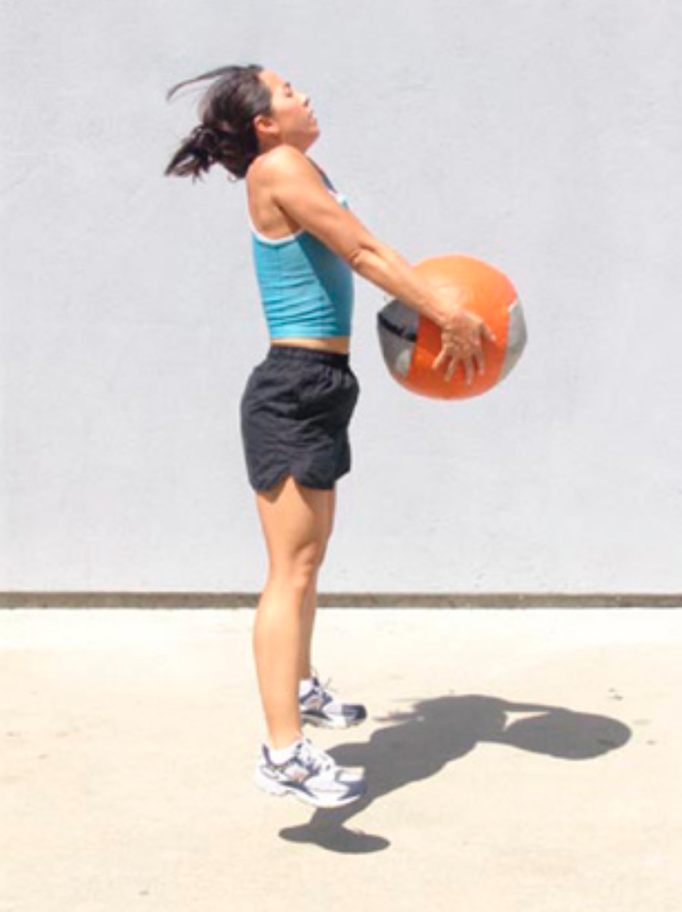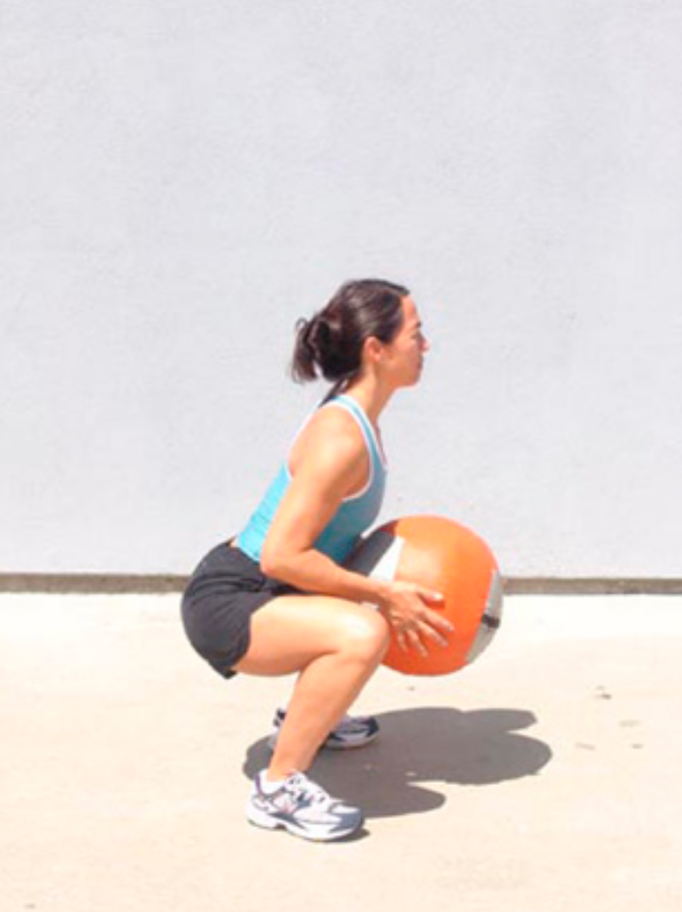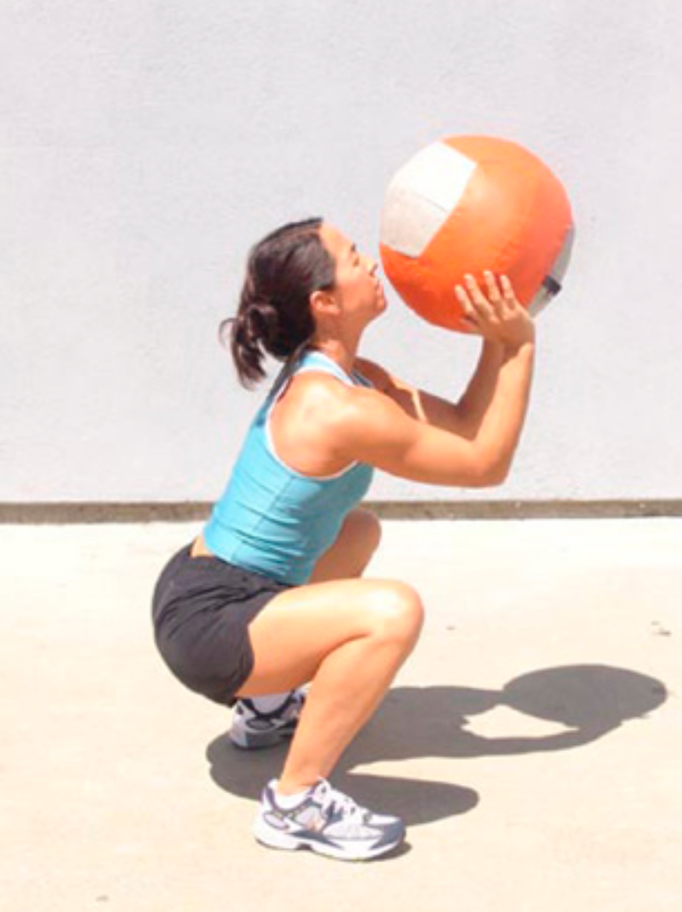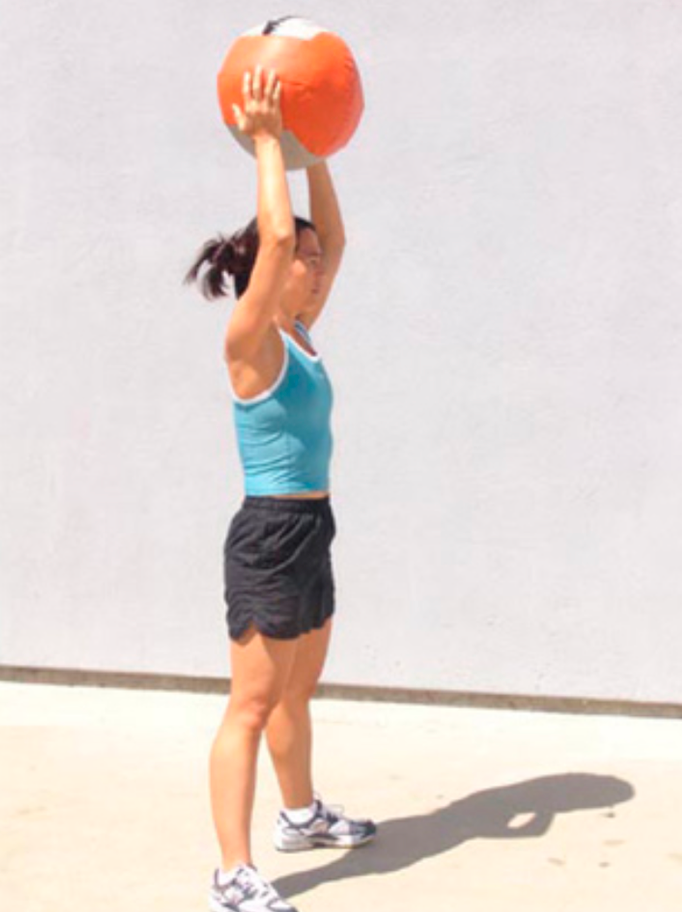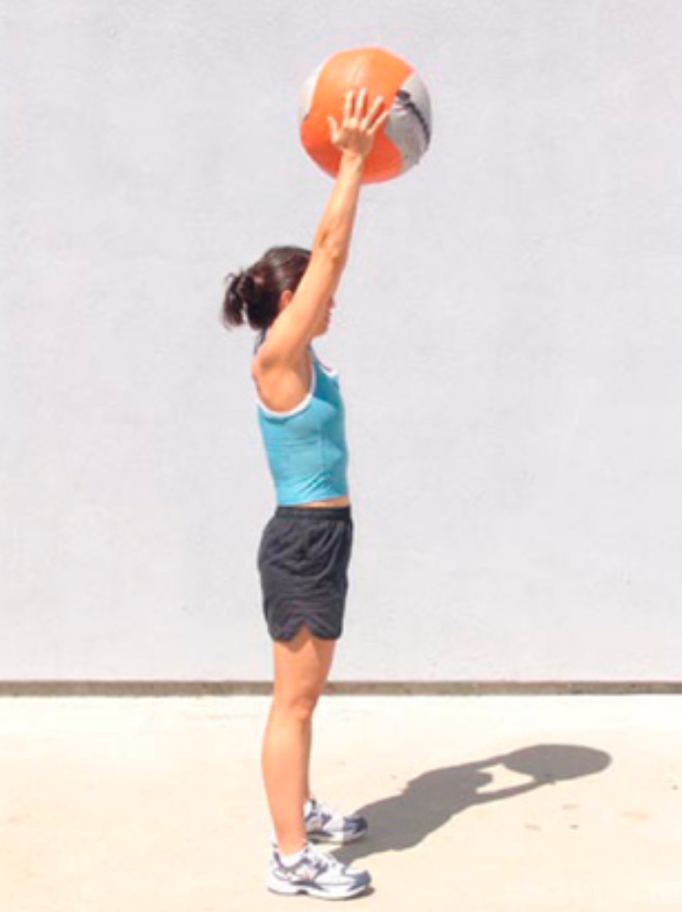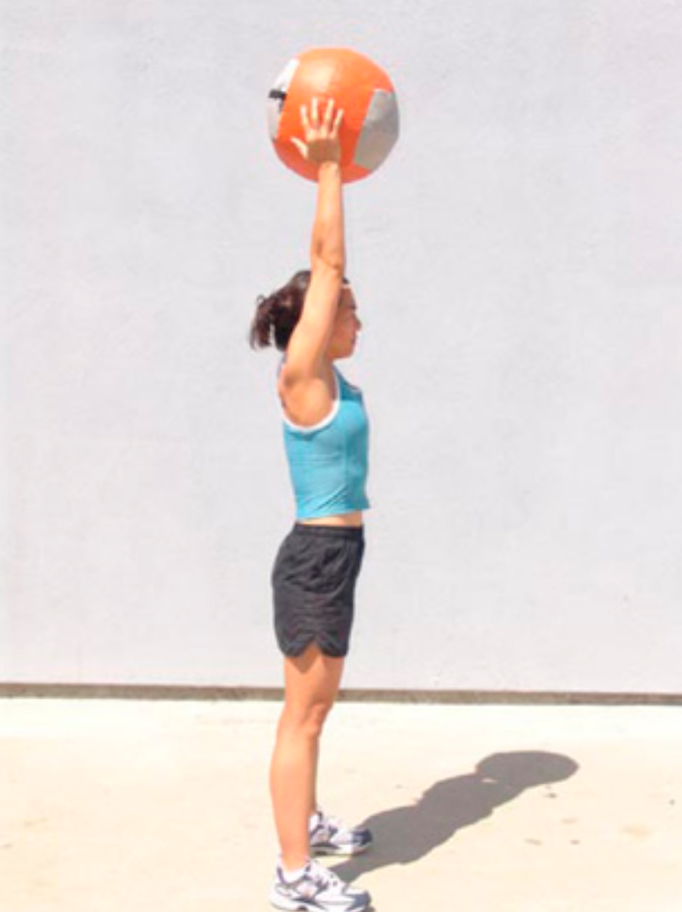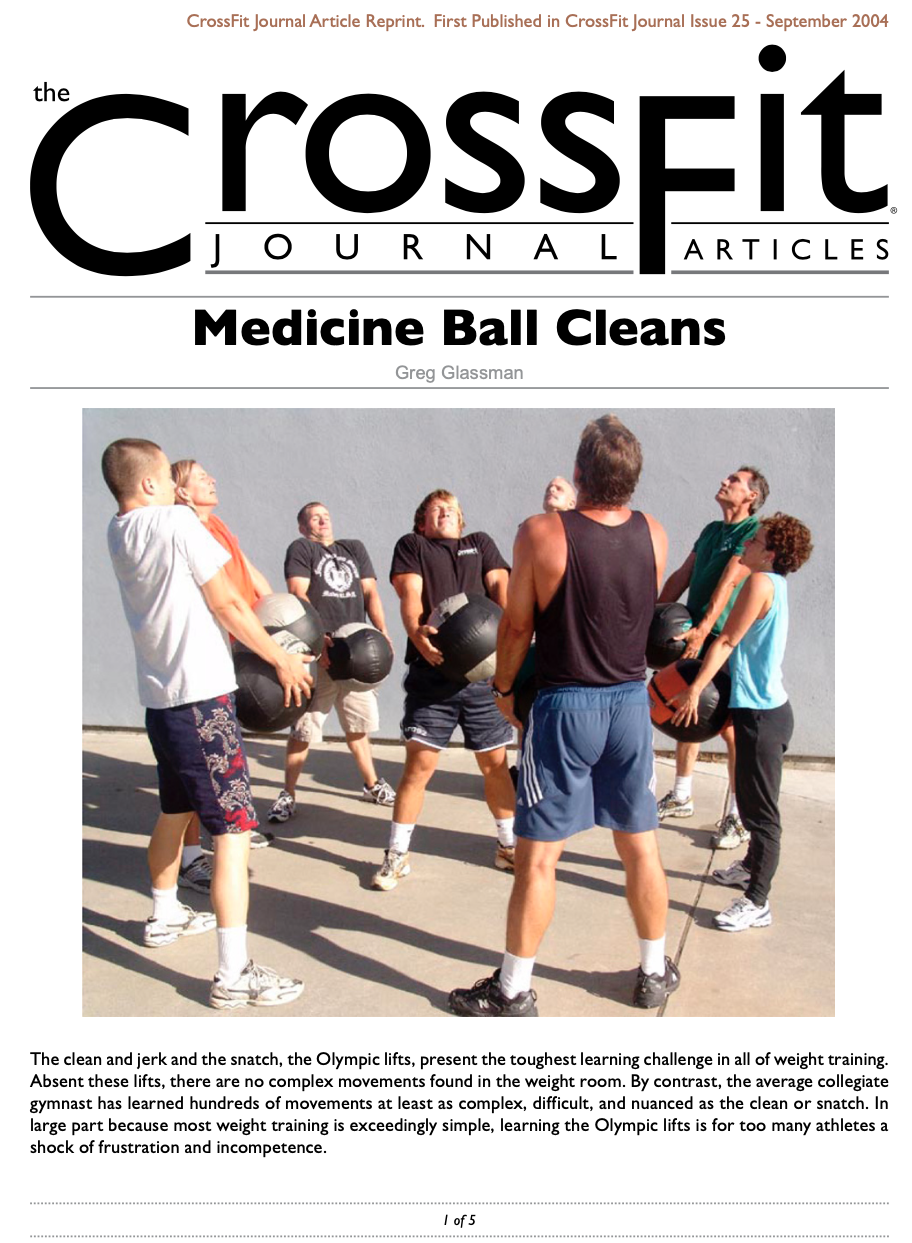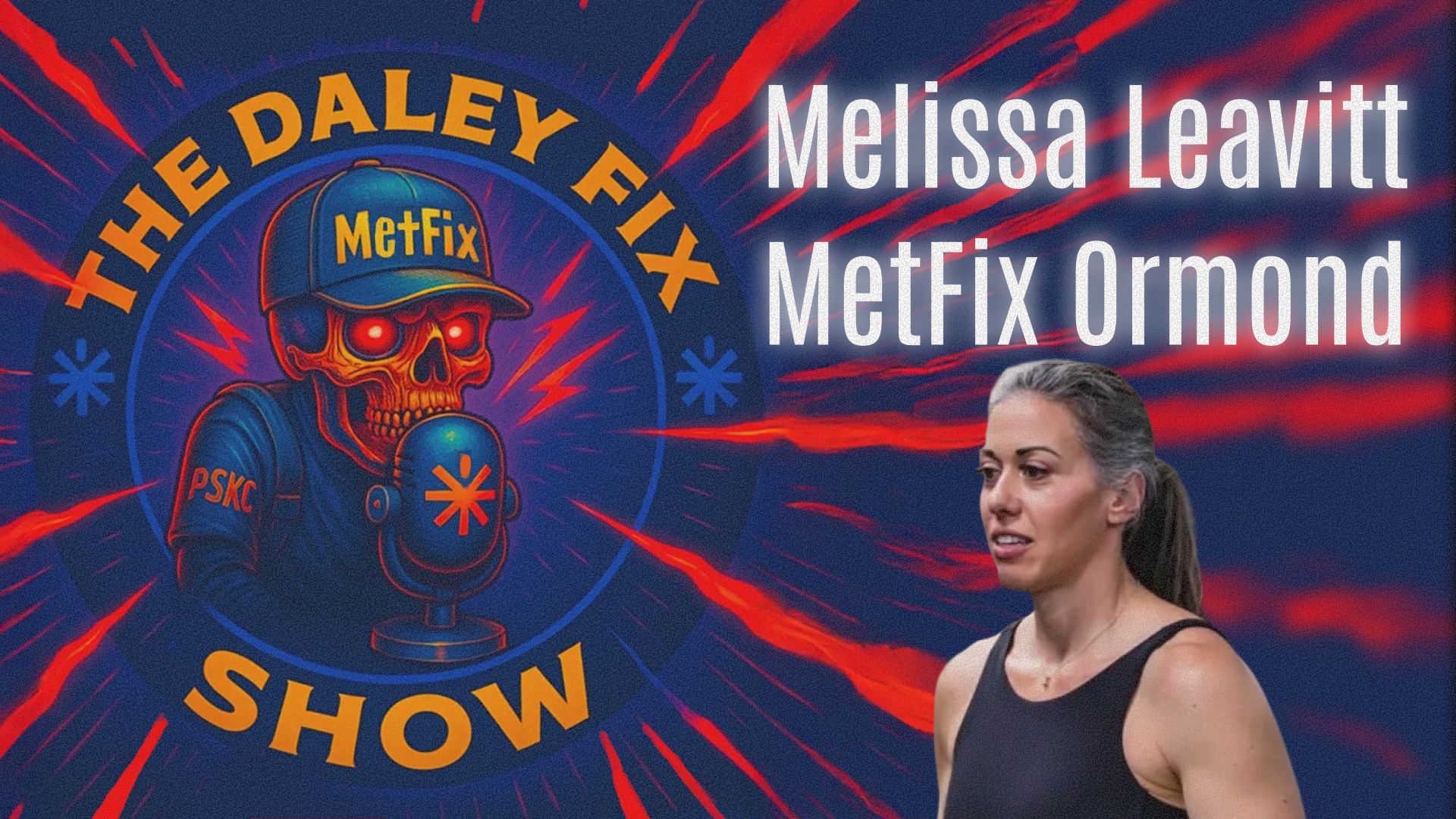The clean and jerk and the snatch, the Olympic lifts, present the toughest learning challenge in all of weight training. Absent these lifts, there are no complex movements found in the weight room. By contrast, the average collegiate gymnast has learned hundreds of movements at least as complex, difficult and nuanced as the clean or snatch. In large part because most weight training is exceedingly simple, learning the Olympic lifts is for too many athletes a shock of frustration and incompetence.
Sadly, many coaches, trainers and athletes have avoided these movements precisely because of their technical complexity. Ironically, but not surprisingly, the technical complexity of the quick lifts exactly contain the seeds of their worth. They train for, that is, they simultaneously demand and develop strength, power, speed, flexibility, coordination, agility, balance and accuracy.
We review here the bad rap hung on the Olympic lifts because we’ve made exciting progress working past the common misconceptions and fears surrounding their introduction, execution and applicability to general populations. The medicine ball clean has been integral to our successes.
When examining the reasons offered for not teaching the Olympic lifts we cannot help but suspect that the lifts’ detractors have no first-hand (real) experience with them. We want to see someone, anyone, do a technically sound clean or snatch at any weight and then offer a rationale for the movement’s restricted applicability. Were they dangerous or inappropriate for any particular population, we’d find coaches intimate with the lifts articulating the nature of their inappropriateness. We do not.
At CrossFit everyone learns the Olympic lifts—that’s right, everyone.
We review here the bad rap hung on the Olympic lifts because we’ve made exciting progress working past the common misconceptions and fears surrounding their introduction, execution and applicability to general populations. The medicine ball clean has been integral to our successes.
In the June 2003 issue of the CrossFit Journal we covered the foundation of one of the lifts, the clean. In that issue we made brief mention of our use of the medicine ball to teach the clean. This month we revisit and update that work.
The Dynamax medicine ball is a soft, large, pillowy ball that ranges in weight from four to 28 pounds, available in two-pound increments to 20 pounds. It is unthreatening, even friendly.
Working with Dynamax balls we introduce the starting position and posture of the deadlift, then the lift itself. In a matter of minutes we then shift our efforts to front squatting with the ball. After a little practice with the squat we move to the clean. (A similar approach is used to teach the shoulder press, push press and push jerk.)
The clean is then reduced to “pop the hip and drop—catch it in a squat” and it’s done. The devil’s in the details, but the group is cleaning in five minutes. It’s a legitimate, functional clean. This clean may in fact have clearer application, than cleaning with a bar, to heaving a bag of cement into a pick-up or hucking up a toddler to put in a car seat.
Common Faults …and Their Corrections
The faults universal to lifting initiates are all there in as plain sight with the ball as with the bar. Any subtleties of matured and modern bar technique not possible with the ball are not immediate concerns, and their absence is plainly justified by the imparted understanding that this is functional stuff and applicable to all objects we may desire to heave from ground to chest.
In a group of mixed capacities the newbies get the light balls and the veterans get the heavy ones. In 30-rep doses whoever ends up with the 28-pound ball is going to get a workout regardless of their abilities. The heavier balls impart a nasty wallop far beyond the same work done with a bar or dumbbell of equal weight; considerable additional effort is expended adducting the arms, which is required to “pinch” the ball and keep it from slipping.
Common Faults …and Their Corrections
We use the medicine ball clean in warm-ups and cool-downs to reinforce the movement and the results are clearly manifest in the number and rate of personal records we’re seeing in bar cleans with all our athletes. Yes, the benefit transfers to the bar—even for our better lifters!
In the duration of a warm-up there are uncountable opportunities to weed out bad mechanics. Pulling with the arms, not finishing hip extension, failing to shrug, pulling too high, lifting the heels in the first pull, curling the ball, losing back extension, looking down, catching high then squatting, slow dropping under, slow elbows … all the faults are there.
Common Faults …and Their Corrections
With several weeks’ practice, a group will go from “spastic” to a precision medicine ball drill team in perfect synch. In fact, that is how we conduct the training effort.
We put the athletes in a small circle, put the best clean available in the center as leader and ask the athletes to mirror the center. Screw-ups are clearly evident by being in postures or positions out of synch. Attention is riveted on a good model while duplicating the movement in real time. The time required for “paralysis through analysis” is wonderfully not there. Thinking becomes doing.
Common Faults …and Their Corrections
Individuals generally impervious to verbal cues become self-correcting of faults made apparent by watching and comparing to others. It is not uncommon for shouts of correction to be lobbed across the circle from participant to participant. The number of coaching cues and discussion becomes reduced to the minimum and essential as the process is turned into a child’s game of “follow the leader.”
Where this becomes “dangerous,” “bad for the joints,” “too technical to learn” or any other nonsense routinely uttered about weightlifting we don’t know.
This article, by BSI’s co-founder, was originally published in The CrossFit Journal. While Greg Glassman no longer owns CrossFit Inc., his writings and ideas revolutionized the world of fitness, and are reproduced here.
Coach Glassman named his training methodology ‘CrossFit,’ which became a trademarked term owned by CrossFit Inc. In order to preserve his writings in their original form, references to ‘CrossFit’ remain in this article.
Greg Glassman founded CrossFit, a fitness revolution. Under Glassman’s leadership there were around 4 million CrossFitters, 300,000 CrossFit coaches and 15,000 physical locations, known as affiliates, where his prescribed methodology: constantly varied functional movements executed at high intensity, were practiced daily. CrossFit became known as the solution to the world’s greatest problem, chronic illness.
In 2002, he became the first person in exercise physiology to apply a scientific definition to the word fitness. As the son of an aerospace engineer, Glassman learned the principles of science at a young age. Through observations, experimentation, testing, and retesting, Glassman created a program that brought unprecedented results to his clients. He shared his methodology with the world through The CrossFit Journal and in-person seminars. Harvard Business School proclaimed that CrossFit was the world’s fastest growing business.
The business, which challenged conventional business models and financially upset the health and wellness industry, brought plenty of negative attention to Glassman and CrossFit. The company’s low carbohydrate nutrition prescription threatened the sugar industry and led to a series of lawsuits after a peer-reviewed journal falsified data claiming Glassman’s methodology caused injuries. A federal judge called it the biggest case of scientific misconduct and fraud she’d seen in all her years on the bench. After this experience Glassman developed a deep interest in the corruption of modern science for private interests. He launched CrossFit Health which mobilized 20,000 doctors who knew from their experiences with CrossFit that Glassman’s methodology prevented and cured chronic diseases. Glassman networked the doctors, exposed them to researchers in a variety of fields and encouraged them to work together and further support efforts to expose the problems in medicine and work together on preventative measures.
In 2020, Greg sold CrossFit and focused his attention on the broader issues in modern science. He’d learned from his experience in fitness that areas of study without definitions, without ways of measuring and replicating results are ripe for corruption and manipulation.
The Broken Science Initiative, aims to expose and equip anyone interested with the tools to protect themself from the ills of modern medicine and broken science at-large.
Support the Broken Science Initiative.
Subscribe today →
recent posts
Medical Society Webinar with David Wiss
